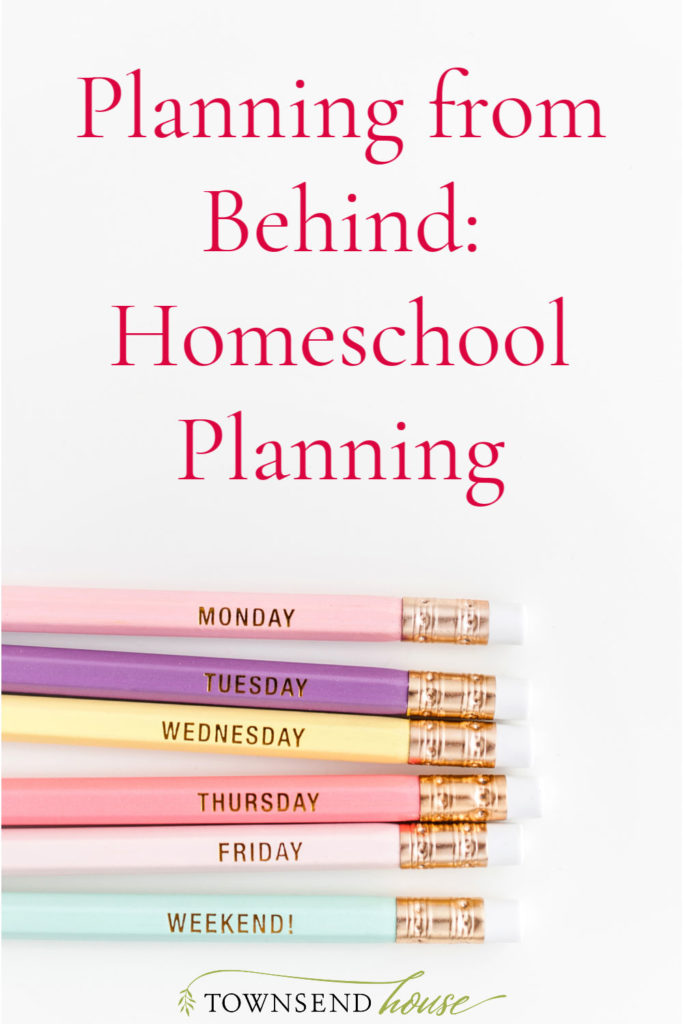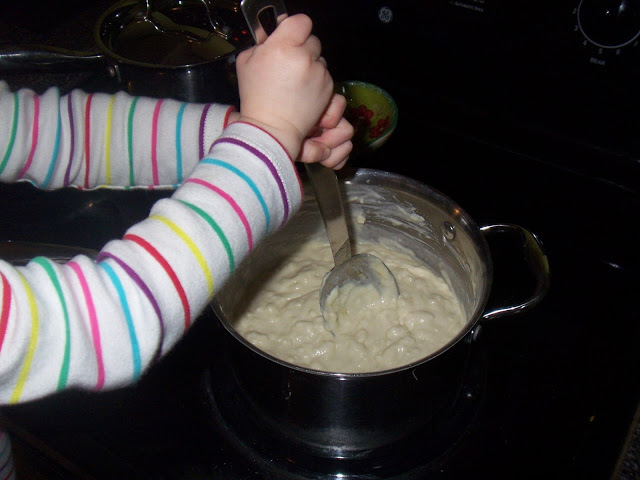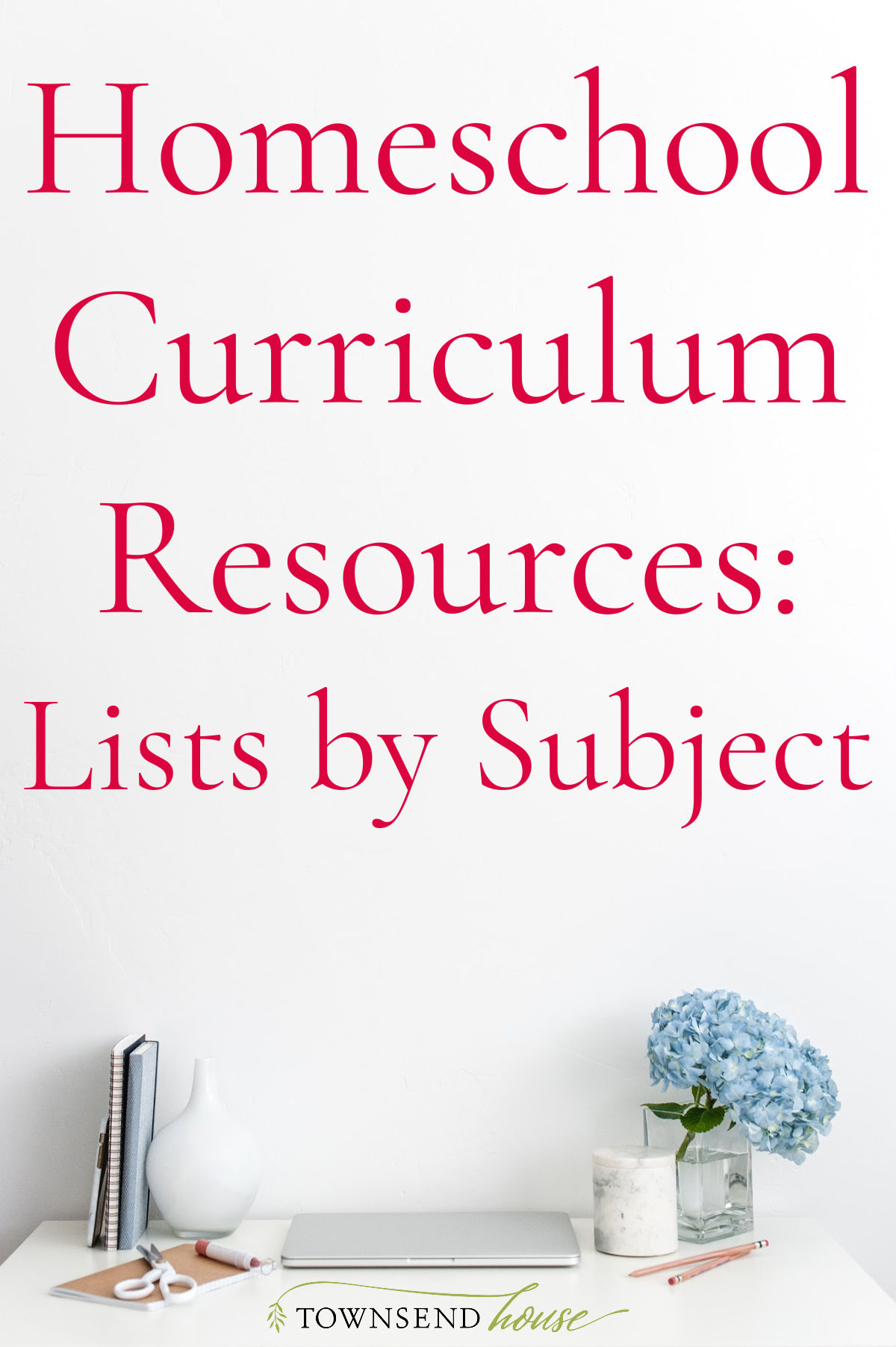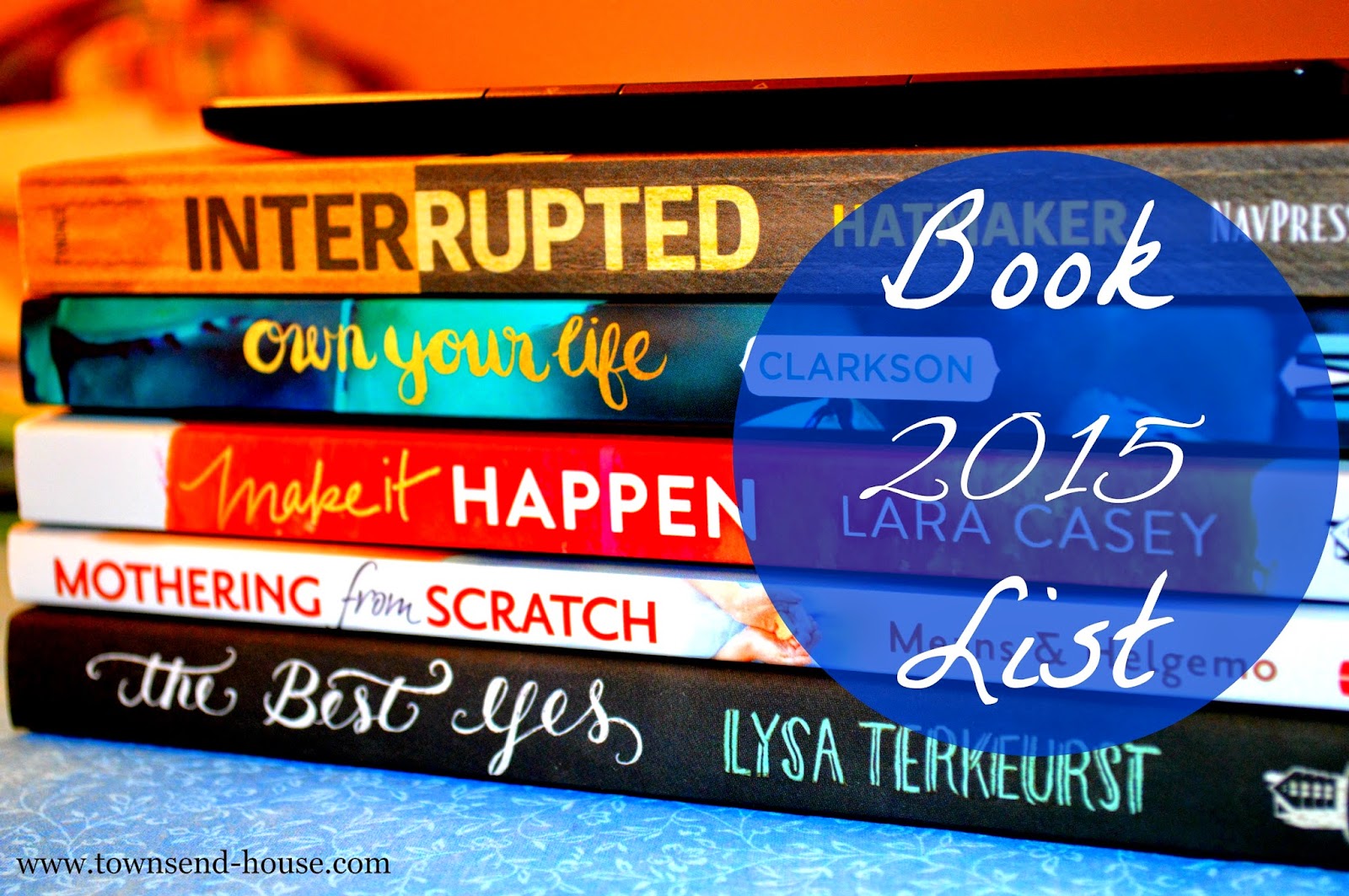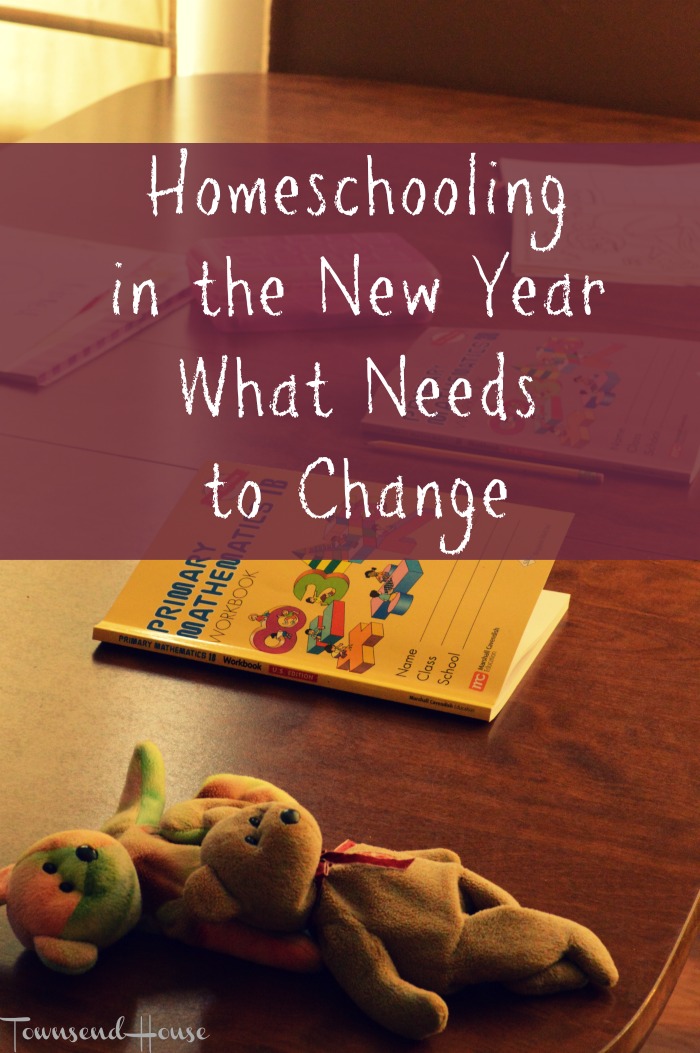Planning from Behind: Homeschool Planning
Planning from behind is one of the best strategies for homeschool planning and record keeping. However, you may be asking yourself, “what exactly is planning from behind and how is it going to help me with my homeschool year?” That, my friends, is what we are going to be talking about today.
Usually, when you think about homeschool planning, you are thinking about all the prep work that needs to happen before you actually do the homeschooling. While I believe you still need to do some prep-work, planning from behind allows a lot more flexibility in record keeping.
What is Planning from Behind?
Planning from Behind is a record of what your child does throughout the day. Then categorize each activity into the different subject areas you are required to teach.
For example, if you go on a nature walk with your kids, you look and see two new birds that you haven’t seen before, you write down a few details about those birds as well as draw pictures of them. Then when you get back to your house, you look up the birds, write down a book that you need to grab from the library and watch a documentary. These are all learning activities.
When you write them down, you see the subjects that you have completed from that one nature walk.
- Science – researching & observing the birds
- English and Language Arts – journaling + reading
- Physical Education – the nature walk
- Fine Arts – drawing the birds
Is it Really that Simple?
The answer is yes, yes it is that simple. Often when you plan your homeschool year, you are concerned about getting it all done. You want to make sure that you cover all of your bases. Are you doing enough of each subject? How are you going to set up your schedule each day? Will your kids fall behind if you take a sick day?
These are all very real questions and deserve answers. But, these questions are fear-based. What I mean is that you are thinking about your school year, and deep down you are trying to make sure your kids do not fall behind.
However, the beauty of homeschooling is that the child is not measured against a particular standard in the broad sense. You do not need to make sure your child is at “grade-level” with their public schooled peers. That one little thought change is going to be the difference for whether you are stressing about your homeschool year, or not.
A great place to start, if you do have a lot of fear on whether you are teaching your child all the right things is this post on How to Get out of the Public School Mindset.
How do you Plan Your Year Ahead of Time?
Planning from behind does not take a lot of pre-thought. However, I would still advocate for planning your year out ahead of time. This is because I like to know what is coming. But, it can work without a plan as well – hence the name planning from behind.
When you plan from behind you are opening your eyes to all the learning possibilities around you, instead of trying to make sure that you cover all of your bases before the learning begins. This allows you to follow rabbit trails. It is also a way for you to enjoy the tangent learning that your children want to have happen throughout your homeschool year.
Is it easy to plan this way? Not always. You may be a Type A person who likes to know all the things before your year begins. Don’t worry, this works for Type A people. How do I know? I am definitely Type A!
Planning from Behind – Before the Year Begins
When you start to plan your year, you will have the opportunity to add in as much or as little as you want – as long as you are staying within your state’s laws. But, you need to leave room for margin. That margin is key to getting through all the resources that you have. If there is no margin, you will struggle to keep up. If you struggle to keep up, you can think that homeschooling isn’t right for you – but it is!
That margin is going to be key to you having a good homeschool year. It also allows you the opportunity of planning from behind.
When you have the margin, then you are able to take the rabbit trails that your children naturally have. Don’t forget that kids are naturally curious. Do you remember how many questions your kids ask you in a day? What if you were able to say “that’s a great question, let’s see if we can find the answer!” Then spend your day immersed in that question?
That margin is going to allow you to see that learning is happening every day. It is recognizing the learning that is the challenge for most parents.
Planning from Behind – Type A
This post includes affiliate links. If you click on one of these links and make a subsequent purchase I may receive a commission. Read Disclosure.
I like to know everything that is going to happen. I’m not one to deviate from my plan – this is a big reason I write out all the things in my planner. This isn’t a bad thing. However, I want to make sure that I leave that margin we talked about. Partly for my own sanity.
As you plan your year, you will see gaps. The gaps are seasons, days off, margin. Within these gaps, you will have the opportunity to “plan from behind.” You know that your kids will have breaks, and if you are Type A you will want to observe your kids during these breaks. Think of it as dipping your toe into planning from behind.
A perfect time to do that is during the summer. If you make it a priority to observe what your children are doing and write it down, you will start to see the learning patterns develop.
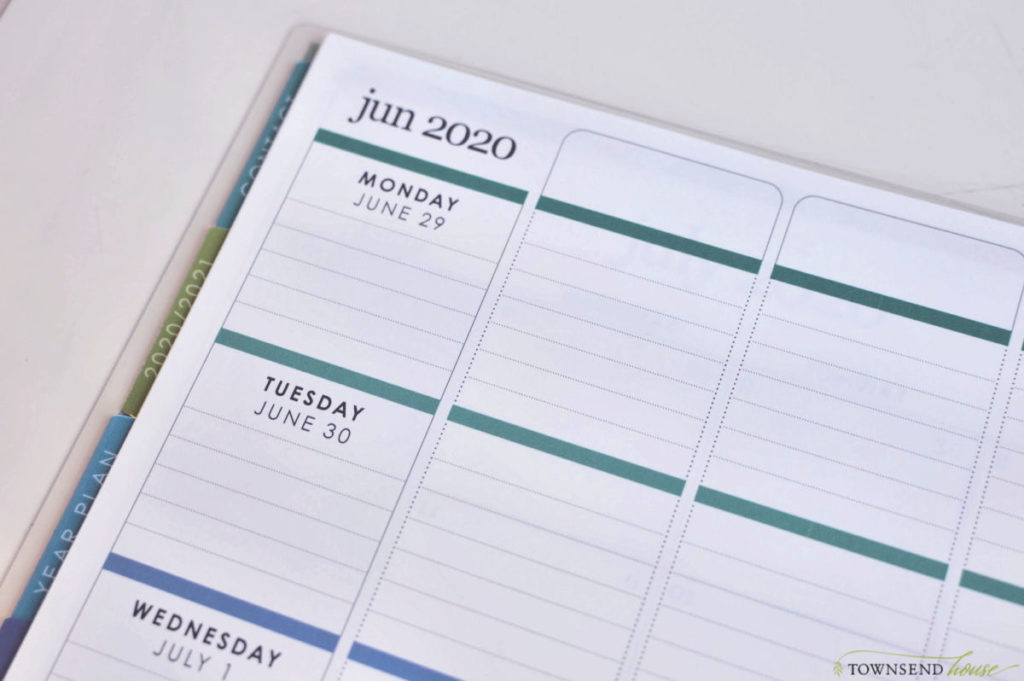
Obviously, Type A people plan out their homeschool year. But, let yourself see the learning opportunities when they arise. Are there things that you can drop from your schedule because they happen naturally when your kids have the opportunity?
If you read my post on The Case for Year-Round Homeschooling you will see that there are three subjects that my kids do almost daily – reading, writing, and math. This doesn’t mean I don’t plan for those subjects, just that they happen naturally a lot more than I thought they would at the beginning.
Planning from Behind – Type B
While planning from behind can work for any type of person, I think it works especially well for those of us that are not necessarily great at sticking to a plan. I like to think of myself as a combination of Type A and Type B – I like to plan all the big picture things, but then in the day to day I need a lot of flexibility.
I have learned to create that flexibility through a combination of planning the week ahead and adding in enough flexibility to plan from behind.
Planning from behind is great for a Type B person, but the key is to be observant. You may need to change the way you think of school and learning. Thinking outside of the box may seem scary. You are already way outside the box since you are homeschooling, to then not have a plan in place and instead rely on writing down what you do in the day-to-day? Yes, it is scary, but it is more than doable.
Tools for Planning from Behind
All you really need is a notebook and a pen. Then make sure it is part of your regular rhythm of writing down what you did throughout the day so that you can keep track of the subjects you covered. This is the simplest, and most cost-effective way to plan from behind, but there are some other options!
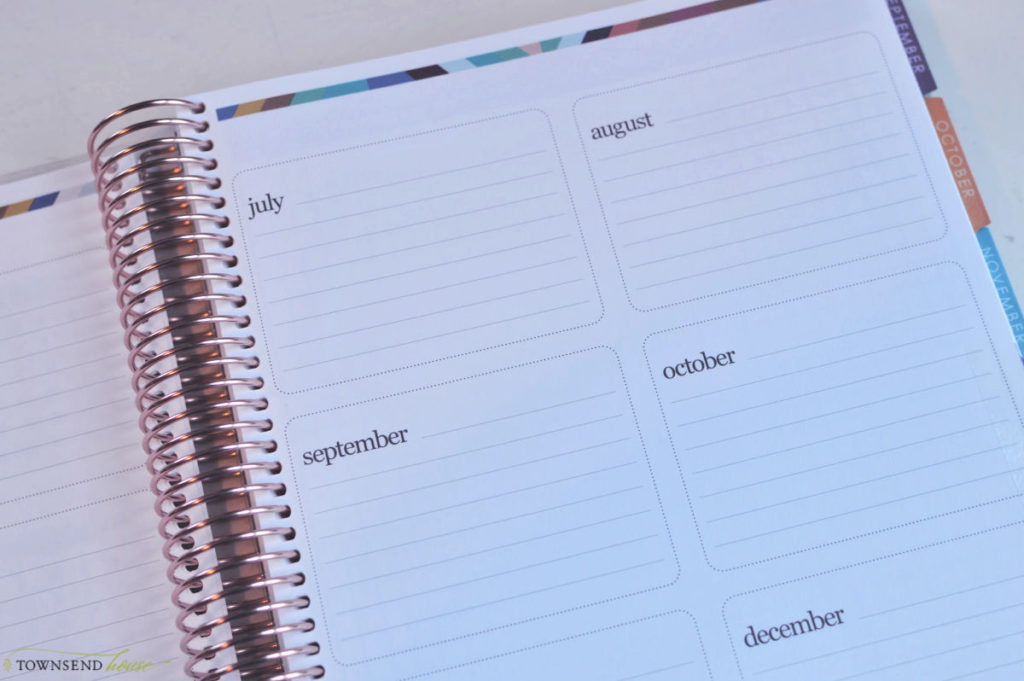
Erin Condren Teacher Planner
My planner of choice is the Erin Condren Teacher Planner for homeschool planning. This allows me all the space I need for planning our year as well as the space I need to plan from behind. You can see in the weekly lesson spread how there is space available for each day of the week as well as six columns for whatever you want them named as.
You can see how I use this planner in my video below, however, for our purposes of planning from behind I want to focus on two sections – the weekly lesson planning pages and the notes pages after each month.
In the weekly planning spread, there is space to write your child’s name at the top of one of the columns. Here is where you can keep little notes of what your child has done throughout the day.
Alternatively, or in addition, you can use the notes pages in this planner to record what you are doing. There is ample space available for you to record all of your thoughts and then categorize them.
Daily Habit Tracker
The Daily Habit Tracker is your big picture of the month. This will show which subjects you are doing, and which you may be a little light on. The Daily Habit Tracker will allow you to pay more attention to those lighter subjects the following month.
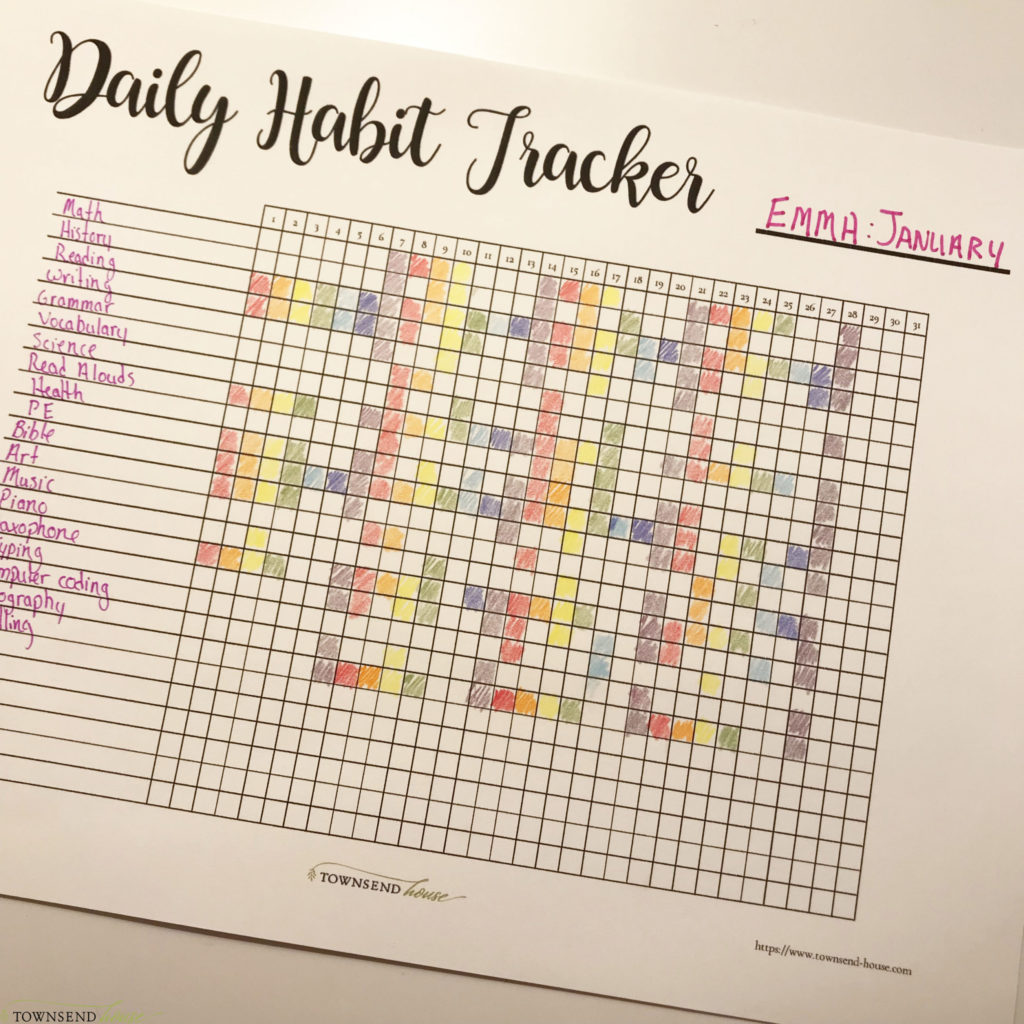
This is also a great way to keep track of your full homeschool year. It allows you to see all the days that you did school throughout the year if you have a “school-days” requirement. And it also allows you to see the big picture in all that you accomplished throughout the year. We all need a little credit for getting through a homeschool year, it is a lot of work!
You can grab your own Daily Habit Tracker Printable below!
How does Planning from Behind Cultivate Simplicity in your Homeschool?
It allows you to take so much pressure off of yourself. If you can accept that your kids are always learning, that will help you on your homeschool journey so much! It doesn’t mean that you never plan anything for your kids, but rather, when there is margin, following their lead. Let them take control of a bit of their own education.
It might surprise you how much they are willing to do on their own. And left to their own devices, they are able to come up with more creative learning options than you could possibly come up with on your own.
Does this mean that you have to turn every moment into a learning opportunity – no, no it does not. But, when you want to observe your kids, and what they are learning, that is the time to take a few notes and realize they are, in fact, still learning.
What if my child isn’t motivated?
If you think that your child is not motivated to learn, you are going to need to find out why. First, you will want to observe them for what they are spending their time on. If you think that the child playing Minecraft all the time isn’t learning, sit down with them and find out what they are doing. You might be surprised by the amount of knowledge they have about different types of items and how things are created in the Minecraft world.
Another reason your child might not be motivated to learn on their own is that they haven’t had the opportunity. That isn’t a bad thing, just that there needs to be a little shift in order to give your child the freedom to choose their own path once in a while.
The Bottom Line
Planning from behind is a great planning process to include in your homeschool year. Allow yourself the margin when you are planning your year in the summer so that you can follow those rabbit trails. This gives you the option to take a mental health day, to put away a resource that isn’t working great for your child.
Planning from behind also gives your child a sense of ownership of the learning they are doing. That is the goal. You want your child to love learning, and if they are being force-fed material that they may not have chosen, it can become complicated. It doesn’t mean that you have to throw all of your well-researched resources out the window, but do give your kids a bit of ownership of their own educational path.
Do you practice planning from behind? Would it help your stress level if you allowed it more often in your homeschool year?
